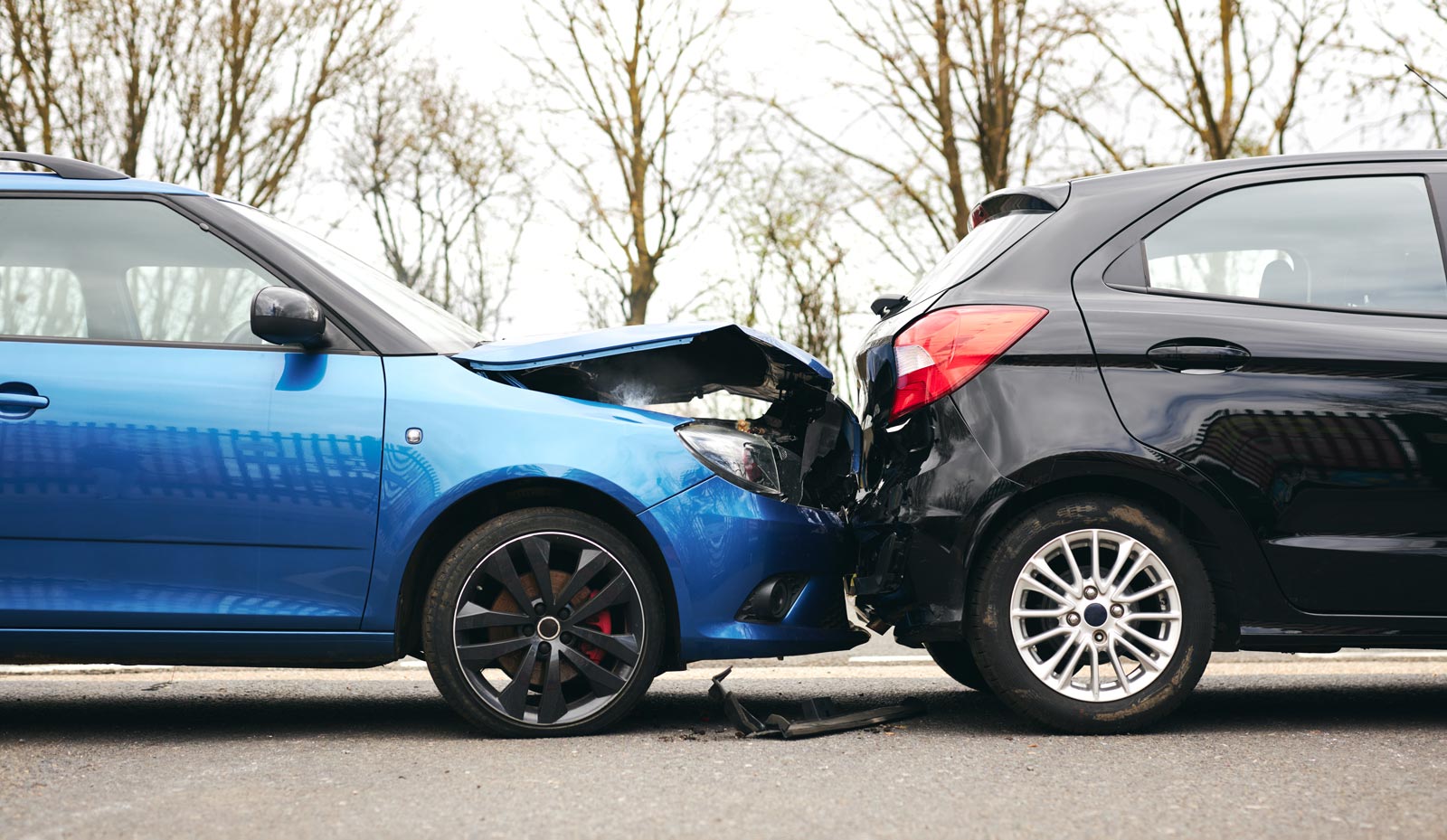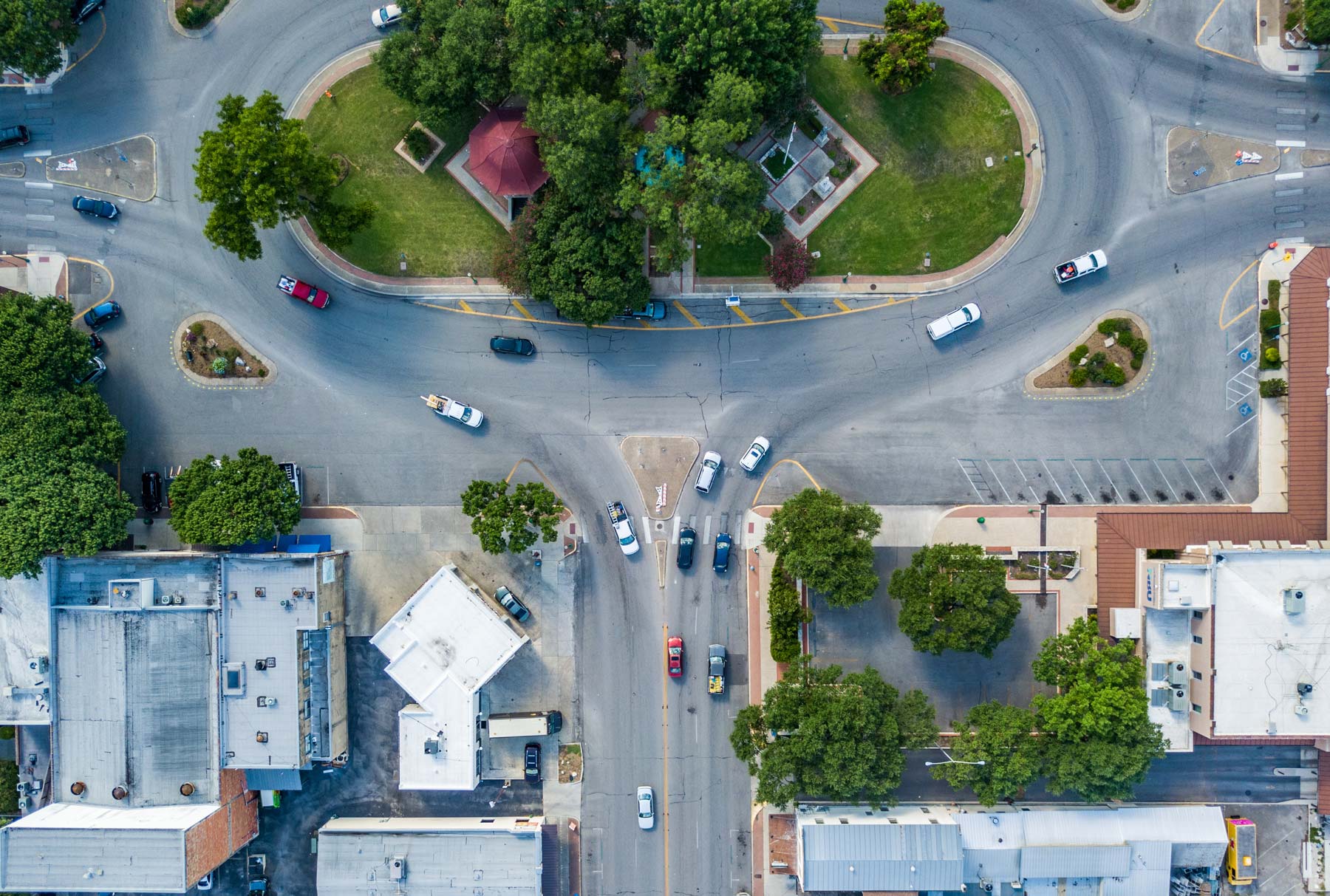We Need to Raise Awareness About Drowsy Driving
With increased awareness of distracted driving in the United States, sensible drivers are taking preventative measures to eliminate distractions such as cell phones while operating a vehicle.
It’s usually easy to see if you or another driver is talking on the phone, texting, using a GPS device, eating, or being interrupted by passengers. Recognizing another major driving safety concern — drowsiness — may be more difficult, though.
According to a 2013 study conducted by the National Highway Traffic Safety Administration (NHTSA), a staggering 1 in 25 adults reported falling asleep at the wheel in the past 30 days. That same year, incidents involving drivers asleep at the wheel accounted for more than 72,000 crashes.
It’s no wonder that dozing drivers cause accidents at a high rate: it takes less than four seconds for a vehicle traveling 55 mph to travel the length of a football field, and most drivers who fall asleep behind the wheel do so for significantly longer than four seconds. This creates plenty of opportunity to crash into another vehicle, drive off the road, or even hit pedestrians or cyclists.
Below, we’ll discuss warning signs and preventative methods that can help you avoid drowsy driving.
And if you or a loved one has been injured because of someone else’s drowsy driving, you should contact a qualified and experienced attorney right away. Here at Crosley Law Firm, we have years of experience handling car accident cases, and we offer free consultations so you can get your questions answered and receive straightforward legal advice about what your options are moving forward.
Signs and Symptoms of Drowsy Driving
Drowsiness and fatigue impact the body’s physical and mental capabilities. Attention, reaction time, physical strength, and decision making all suffer during periods of drowsiness. In addition, drowsiness may cause the driver to enter a state known as “microsleep.” Microsleep is a brief session of unconsciousness that may last as little as a fraction of a second or as long as 30 seconds.
If you’ve ever nodded off while watching TV, you’ve experienced an episode of microsleep. And while it’s safe to doze while you’re on the couch at home, falling asleep for any amount of time while driving can cause a wreck.
Recognizing early warning signs of sleepiness can help prevent surprise fatigue. Before getting behind the wheel and while driving, watch out for the following warning signs:
- Frequent yawning or blinking
- Lane drifting
- Decreased ability to read signs and obey traffic laws
- Slowed breathing
- Body weakness
- Difficulty remembering a destination or route
If you experience any of these symptoms, pull over somewhere safe for a quick nap. Even a brief 20-minute sleep session can help to perk you up and get you back on the road feeling better — and driving safer.
You can also try getting some caffeine in your system. Drinking about two coffee cups’ worth of caffeine can help raise your alertness, and studies have shown that caffeine can improve driving performance about as much as a short nap. It does take approximately 30 minutes for caffeine to have an effect, though, and caffeine’s effects also wear off over time, so keep these factors in mind before getting back on the road.
Better yet, you could search for nearby overnight accommodations to get a full night’s sleep and begin fresh in the morning after you’re better rested.
Some People Are at Greater Risk for Drowsy Driving
For most people, the body’s natural circadian rhythm (your internal clock which regulates your periods of sleepiness and wakefulness) dips at two specific times in a 24-hour period: between midnight and 6:00 a.m. and in the late afternoon. It should come as no surprise, then, that the majority of drowsy driving crashes occur either overnight or between 2:00 p.m. and 4:00 p.m.
Additionally, the National Sleep Foundation (NSF) found that drowsy driving is most common in young people, men, parents, and shift workers. Drivers who have lifestyles that strain sleep (like working third shift) are most affected.
According to a 2005 study from the NSF:
- Adults between 18-29 are more likely to drive drowsy (71% reported doing so within the past year) than other adults aged 30-62 (52%) and 65+ (19%).
- Parents are more likely (59%) than non-parents (45%) to drive while tired.
- Shift workers are more likely (36%) than daytime workers (25%) to drive without adequate sleep.
The Centers for Disease Control and Prevention (CDC) also highlight the importance of sleep health to prevent drowsy driving. For example, CDC officials recommend that you should:
- Get diagnosed if you suspect you may have a sleep disorder such as sleep apnea or insomnia
- Understand the side effects of any medication you take
- Regularly get enough sleep (at least 7 hours a night)
Research shows that 18 hours of straight awake time can produce similar impairment as a blood alcohol content (BAC) of 0.05, and 24 hours without sleep can be worse than driving drunk with an equivalent BAC of 0.10.
It’s critical to recognize your risk factors before you drive and be vigilant about observing the drowsy driving warning signs mentioned above.
The Threat of Drowsy Driving Crashes and Falling Asleep at the Wheel Are Real
Many people are busier than ever, and we often need to travel on the road for work, to spend time with family, or just to take a vacation. Unfortunately, these demands can interfere with our rest and result in fatigued driving or even falling asleep at the wheel.
The statistics regarding drowsy driving are truly horrifying. In a National Sleep Foundation survey, 60% of Americans admitted to driving while drowsy in the past year; that’s over 165 million people. And 33% admitted to falling asleep at the wheel; that’s more than 100 million people who were on the road and fully asleep while driving.
The NHTSA estimates that today approximately 100,000 crashes, 71,000 injuries, and 1,550 deaths each year result from drowsy driving. That means fatalities due to drowsy driving have nearly doubled since 2013.
The problem of drowsy driving is getting worse — and people are becoming injured and losing their loved ones as a result.
Crosley Law Firm: Advocating for Victims of Drowsy Driving Crashes
Even the safest drivers who take all the right precautions can become victims of someone else’s carelessness. If you or someone you know has been injured due to a drowsy, intoxicated, or negligent driver, contact the attorneys at Crosley Law Firm right away. We have a no-fee policy, which means you don’t owe us a dime in legal fees or expenses unless we help you get a settlement or we win your case in court.
You can schedule your free consultation by calling our offices at 210-LAW-3000 | 210-529-3000 or by filling out our convenient online form.
References
Drowsy driving: Asleep at the wheel. (2015). Centers for Disease Control and Prevention. Retrieved from https://www.cdc.gov/sleep/features/drowsy-driving.html
Facts and stats. (2016). National Sleep Foundation. Retrieved from http://drowsydriving.org/about/facts-and-stats
Pope, T.P. (2007, December 4). For sleepy drivers, coffee vs. napping. The New York Times. Retrieved from https://well.blogs.nytimes.com/2007/12/04/for-sleepy-drivers-coffee-vs-napping/?mcubz=0
Research on drowsy driving. (n.d.). National Highway Traffic Safety Administration. Retrieved from http://www.nhtsa.gov/Driving-Safety/Drowsy-Driving/Research-on-Drowsy-Driving
The content provided here is for informational purposes only and should not be construed as legal advice on any subject.









